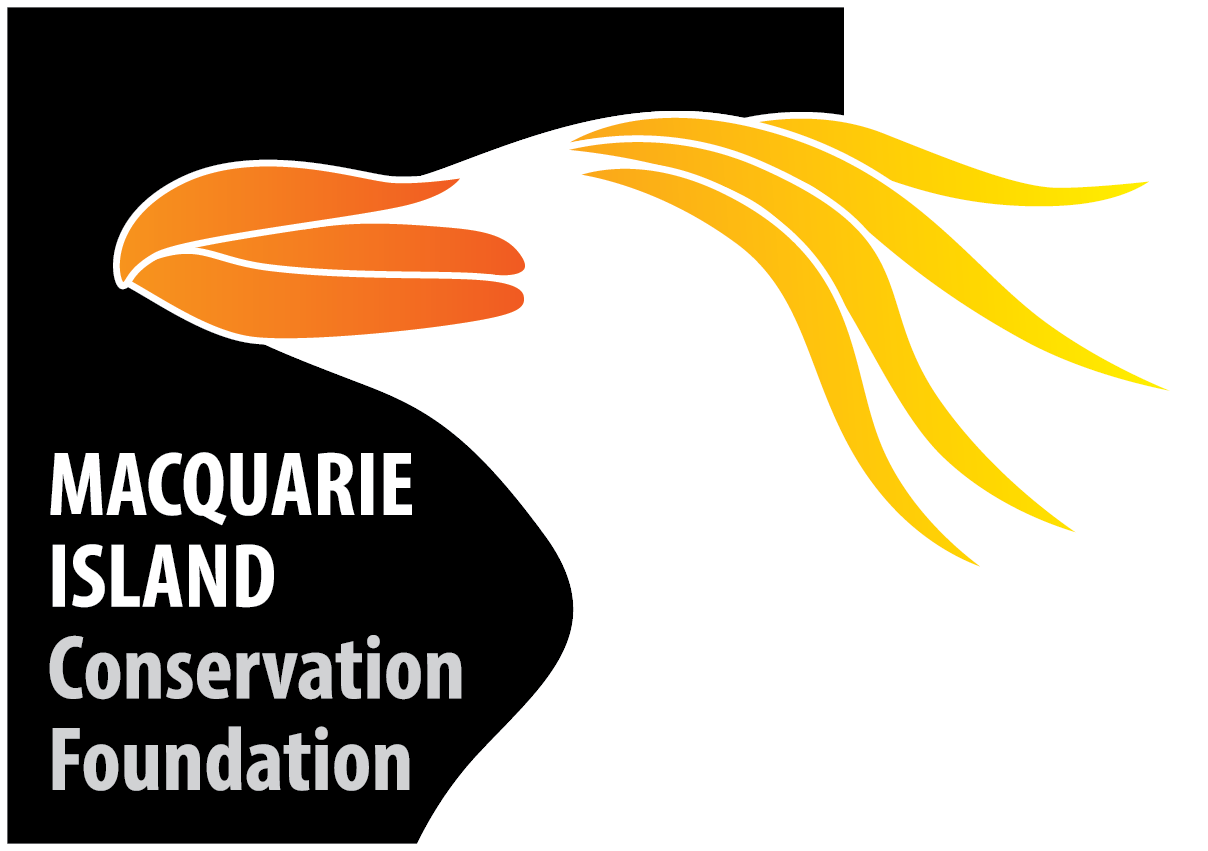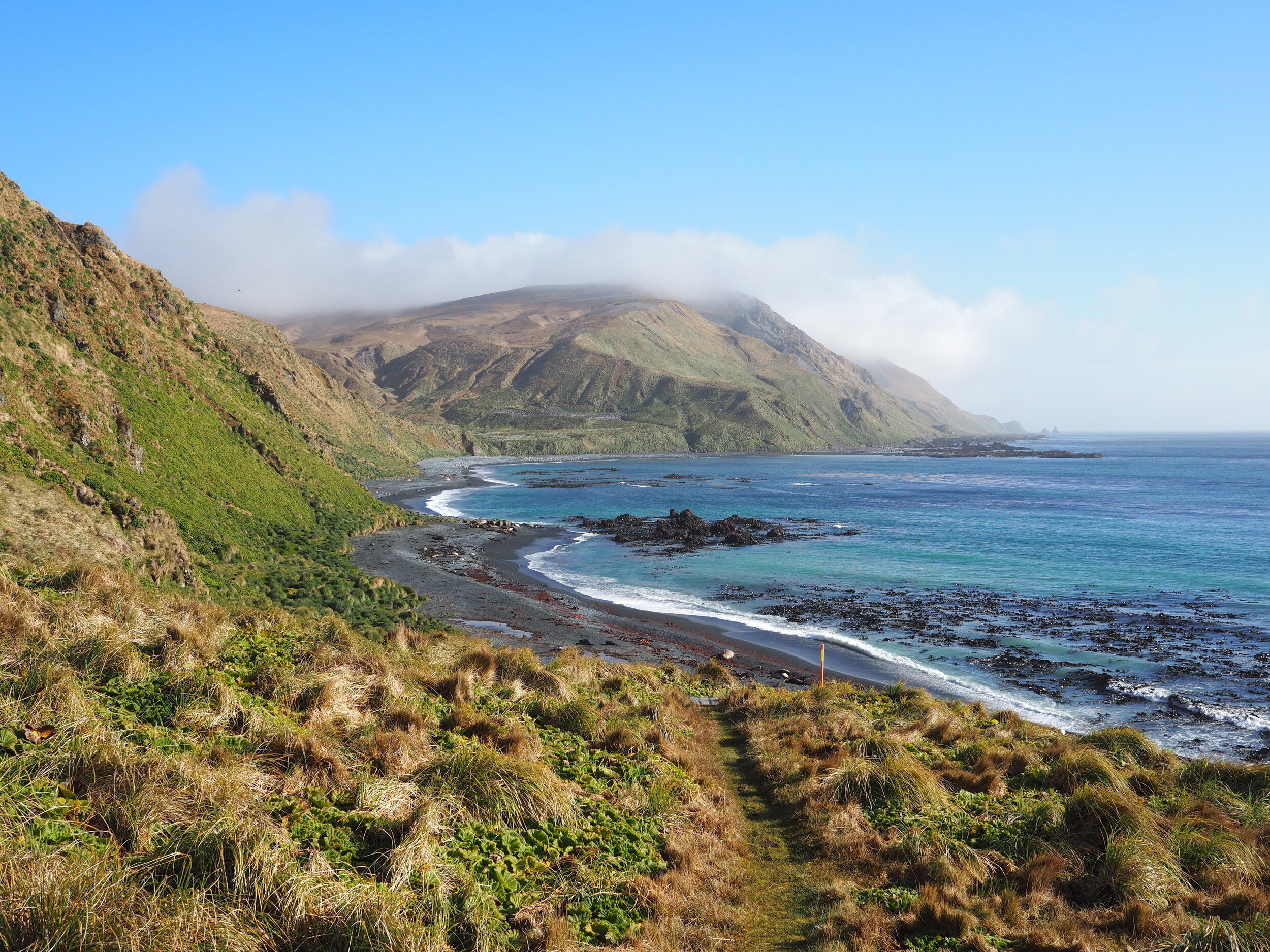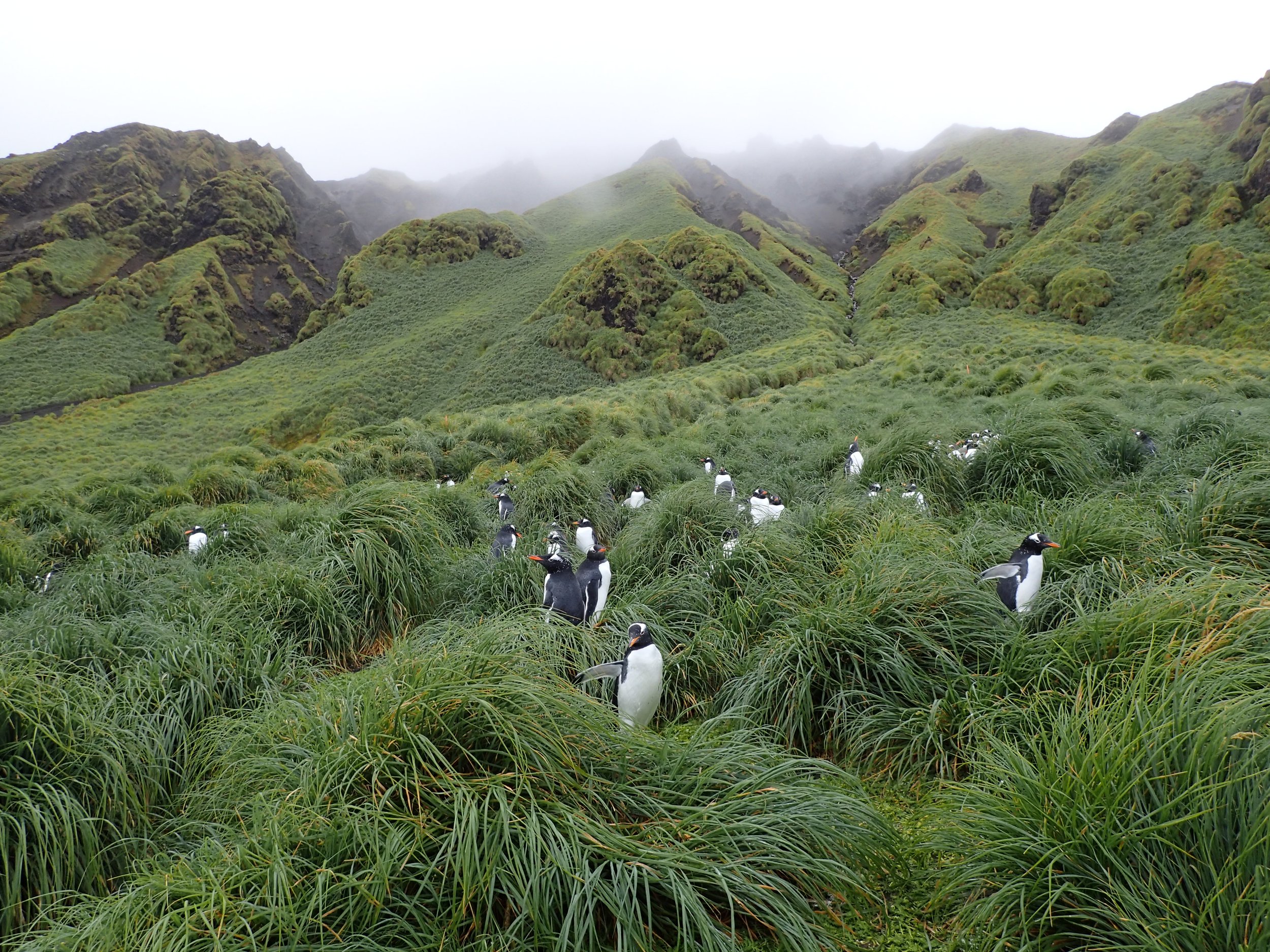
Discover Macquarie Island
The Island
Located in the wind and rain-swept latitudes of the furious 50s lies World Heritage listed Macquarie Island, 1500 km south-east of Hobart in the remote Southern Ocean. Fondly known by visitors as the ‘Green Sponge’ or ‘Macca’, this tiny speck of land has unique geology and biodiversity. Being thousands of kilometres from the nearest continent, the island is home to an amazing array of plants and animals, some of which are found nowhere else in the world.
Macquarie Island together with nearby Bishop and Clerk, and Judge and Clerk Islets, is one of just two Australian sub-Antarctic island groups. The Macquarie Island Nature Reserve is managed by the Tasmania Parks and Wildlife Service and includes the main island, islets and the surrounding waters out to three nautical miles. The research station is managed by the Australian Antarctic Division and has operated continuously since 1948.
Click on the map to explore the island

“This little island is one of the wonder spots of the world”- Sir Douglas Mawson
The Geology
Macquarie Island is approximately 34km long and 5km wide at its widest point, or around 1.5 times the length of the Freycinet Peninsula in Tasmania and a similar width. This remote long skinny island is a geological wonder. Macquarie Island is the only island in the world that is composed entirely of oceanic crust and rocks from the mantle, and the only location where this rock is found above sea level. The island is part of the undersea Macquarie Ridge, where the Indo-Australian tectonic plate meets the Pacific Plate. Across the island can be seen examples of pillow basalts and other extrusive rocks that would make any rock lover weak at the knees. The island is still seismically active, with those on the island feeling the occasional shake to see who is awake.
The Species
Macquarie Island is also unique for its wild natural beauty and vast aggregations of wildlife. Imagine an island so full of animals that it equates to one seabird or seal per square metre of land. However, it would be difficult for a 4 metre long, one tonne elephant seal to fit within one square metre and most animals are not good with social distancing. As a result, the coasts are teeming with life, leading to an endless vista of heads and flippers along some parts of the island. The island has at least 28 native vertebrates breeding on the island, including two endemic species, the royal penguin (Eudyptes schlegeli) and Macquarie Island shag or cormorant (Leucocarbo atriceps purpurascens).
There are over 750,000 royal penguin pairs that breed each year, with the largest colony at Hurd Point containing ~150,000 pairs. That makes for a noisy city and a hectic commute for a penguin who chooses to nest on the inland side of the colony! The island is home to the endemic critically endangered cushion plant (Azorella macquariensis), two endemic helmet orchids (Corybas sulcatus and Corybas dienemus) and known for its incredible megaherbs such as the Macquarie Island cabbage (Stilbocarpa polaris).
The Weather
At 54 degrees south latitude, Macquarie Island falls into the realm of the ‘furious fifties’ winds. With no land mass to buffer the strong westerly winds, the island is scoured and shaped by often unrelenting winds, with large swells crashing along the coastline and tussock plants dancing in the gales that no trees can survive. Winds average 25km/hr throughout the year and have been recorded gusting up to 185km/hr (~100 knots) at sea level, and the plateau can experience even stronger winds. This means that a gentle stroll on the island can turn into a battle to stay upright. The plants and wildlife are well adapted to these winds.












